19 November 2024
Yesterday Strava sent out an e-mail to users, outlining a change that’s occurring almost immediately, regarding 3rd party apps and the way apps are allowed to access and process data from Strava. All of these changes impact what is known as the Strava API (Application Programming Interface). That’s the piece that lets your Garmin watch push your workout to Strava, and then lets an app like VeloViewer or others access your data.
There are countless apps on Strava that use Strava’s, literally tens of thousands according to Strava. Some of these are tiny, some of them are massive. Virtually every company in the space uses Strava’s API, including Garmin, Wahoo, TrainerRoad, VeloViewer, Xert, and plenty more. It’s become the defacto data hub for millions of athletes, some 100m+ according to Strava’s press release.
In any event, the e-mail Strava sent out, as you can see below, is pretty bland, and doesn’t really get into things:
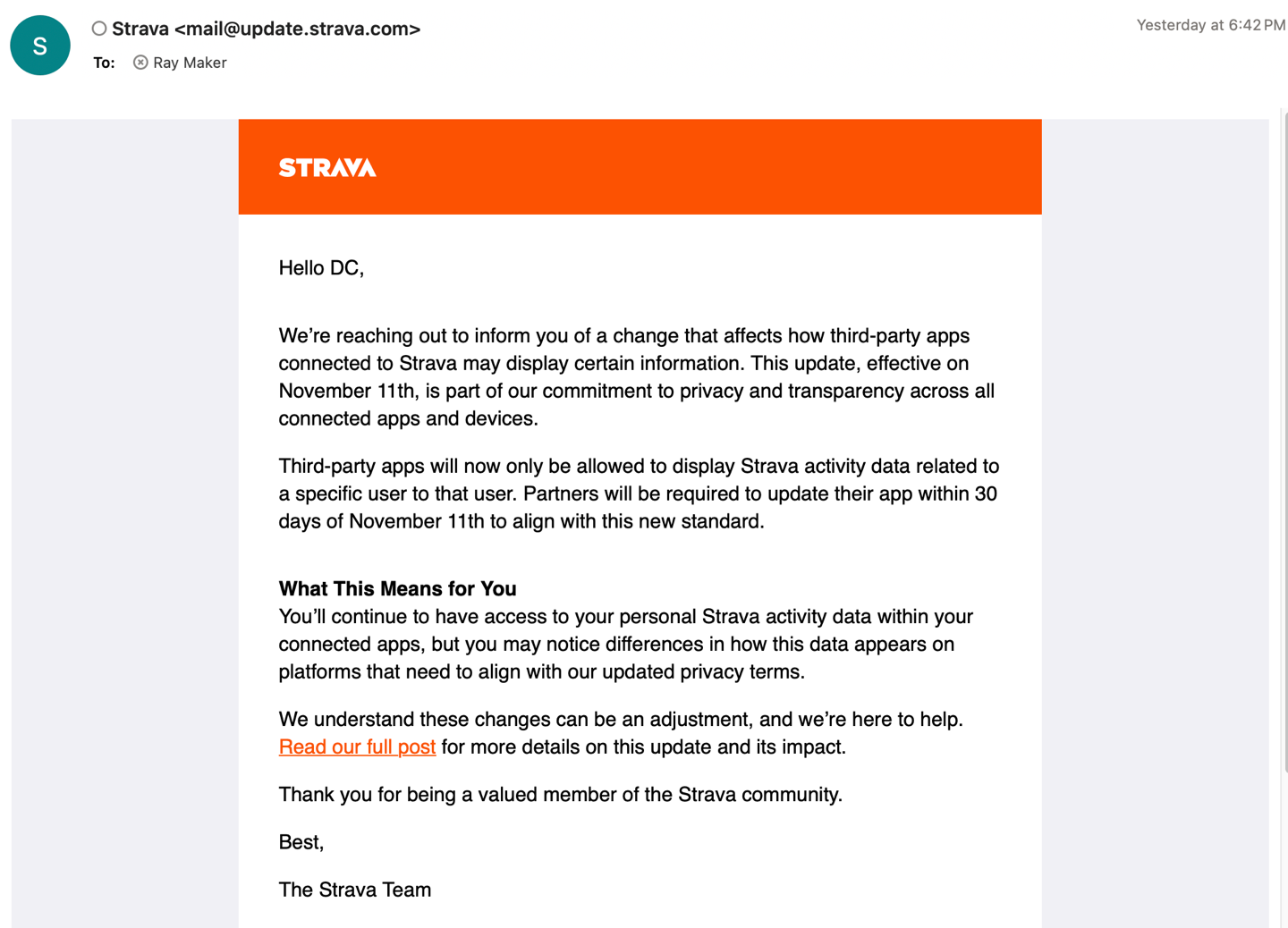
Instead, you need to crack open the included link to start understanding the implications. All of which roughly boils down to two main items (but a bunch of smaller things), there’s three biggies:
#1: “Third-party apps are no longer able to display your Strava activity data on their surfaces to other users.”
#2: “We’re updating our terms to explicitly prohibit third parties from using any data obtained via Strava’s API in artificial intelligence models or other similar applications.”
#3: “You may not process or disclose Strava Data…for the purposes of, including but not limited to, analytics, analyses…”
They also included language that apps are somehow not allowed to replicate Strava’s “distinctive look and feel”, which…ok. And more hilariously, they added that any users posting to their community hub forums the are “requesting or attempting to have Strava revert business decisions will not be permitted” and summarily deleted.
Said differently: Do not discuss the community things you don’t like in the community.
But again, the big two that matter here are:
#1: Apps can’t show your data beyond yourself
#2: Apps can’t use any “AI” whatsoever in their processing of your data
#3: Apps can’t do any analytics or data processing of your data
To understand how ridiculous these are, let’s outline some real-world apps you’re probably familiar with.
Breaking Coaching and Comparison Apps:
The first item (not showing data beyond yourself) immediately breaks almost all coaching apps that have connections to Strava. This includes apps like Final Surge, Xert, and Intervals.icu. These are apps that pull in your Strava data (as you requested) to analyze on your platform. For visual reference, this:
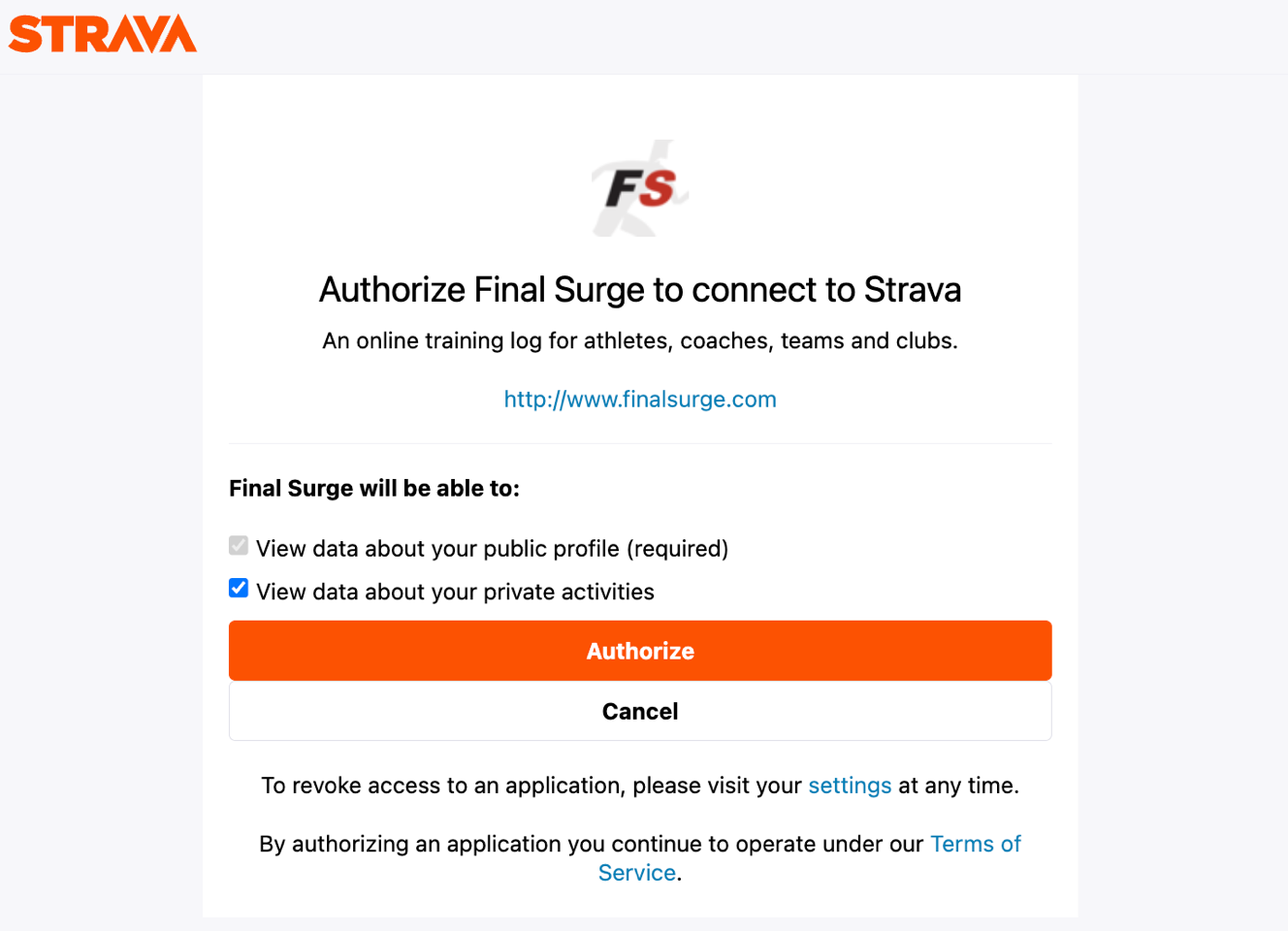
Now you may be wondering why they don’t just go directly to Garmin, Wahoo, etc… That’d be more effective, right? And indeed it is, and most of these apps do. Except there are literally thousands of device manufacturers out there, and many of them only connect to Strava.
Take for example the AmazFit T-Rex watch I’m testing right now. That doesn’t connect to Final Surge. Or Xert. Or TrainerRoad. Or much else. It does connect to Strava though, so, my data uploads to Strava and I’m done – off it goes to all my authorized apps. The same is true for the Google Pixel Watch. Or Samsung’s Galaxy watches. Below is a good example of how I can get all those data types into Strava.
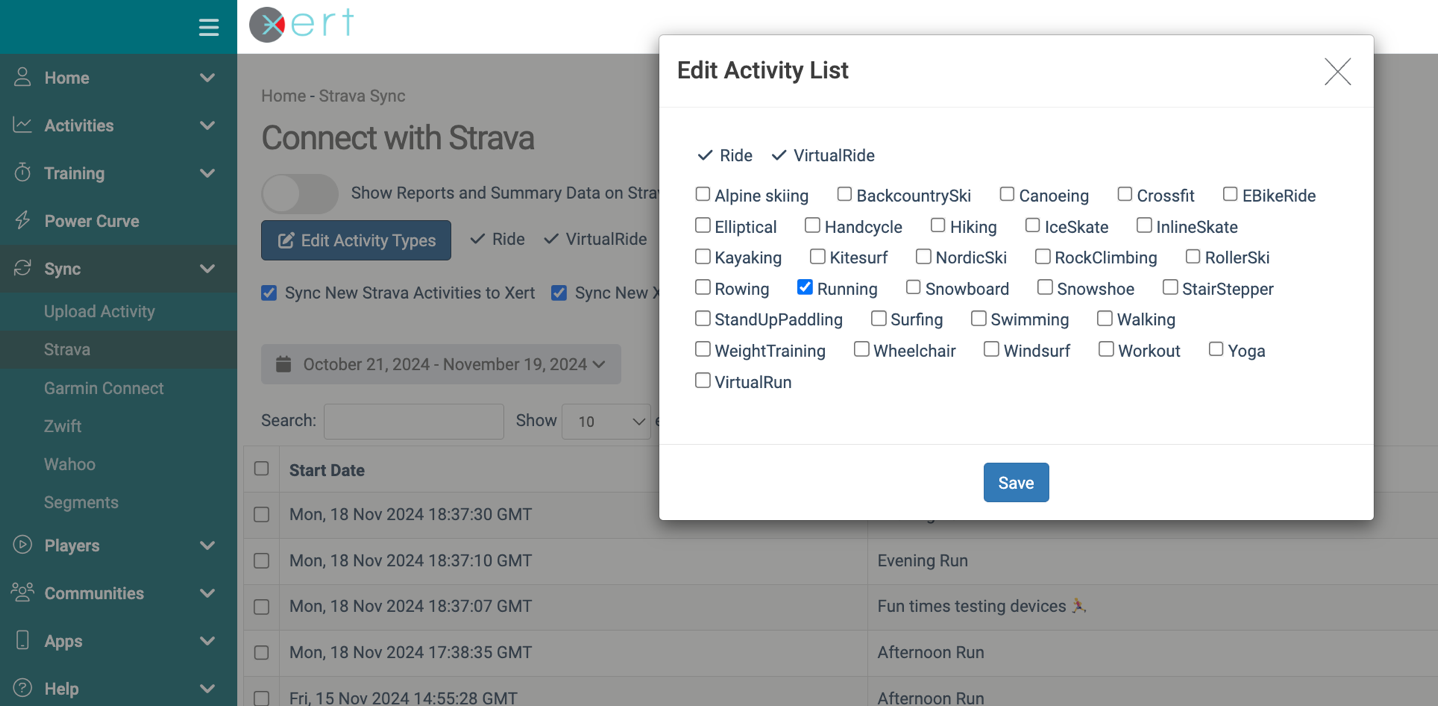
Strava benefits because they’ve become the defecto platform of choice for consumers. Companies benefit because they don’t need never-ending connections to platforms. And consumers benefit because everything ‘just works’. That’s the goal, right? Just working?
Well, not anymore.
With this change, apps that do any sort of coaching on their platform are not allowed to show the end users data to their coach. The new API terms and conditions explicitly prohibit this:
“you may not disclose such data to, or use it for, another user nor any other third party.”
In fact, the popular training and coaching platform Intervals.icu already posted this breaks all coaching feature for them related to Strava data – requiring them to hide not only new user data going forward, but all historical data for coaches.
“Activities from Strava will soon only be visible to the athlete that performed the activity, not to their coaches or followers. This is a new addition to the Strava API terms and conditions.”
But it also breaks plenty of other apps that aren’t coaching apps – but merely showing Strava data. For example, apps like VeloViewer, which curates your lists of segments for deeper analytics and competition among groups, breaks. Same goes for all of their leaderboards for Zwift. Or their challenges. Or the listing of other people’s efforts (when you click on ‘View on Veloviewer’ from any of these below. All of it – going to be killed off if apps follow the letter of the law.
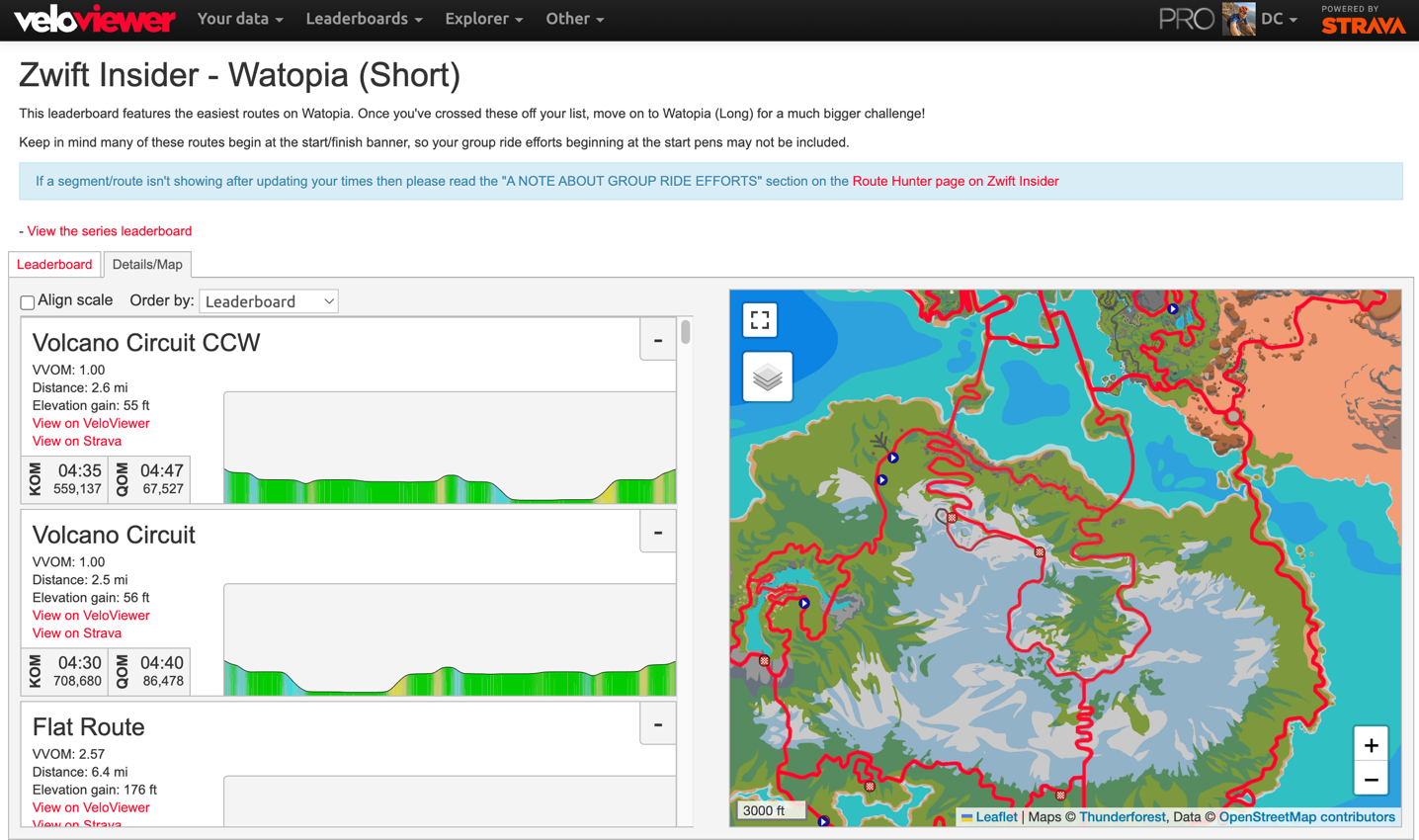
Like these details:

The challenge with these changes, is that practically speaking, unless you have a Garmin or other big-name device with a proper and well documented public and easy to access API, all of these apps won’t setup connections to those device platforms directly. They can’t in some cases, and it won’t be feasible in most to service all of these app requests. Even seemingly big players like Wahoo, Hammerhead/SRAM, and Polar don’t have easily accessible API’s that scale well to the number of requests that’s going to be required here.
No Analysis of Data Apps:
But wait, there’s more. Strava’s new API agreement also makes clear that you can’t do ‘year in review’ type summaries either. In fact, it actually says you can’t do any analytics or processing of the data:
“You may not process or disclose Strava Data, even publically viewable Strava Data, including in an aggregated or de-identified manner, for the purposes of, including but not limited to, analytics, analyses, customer insights generation, and products or services improvements. Strava Data may not be combined with other customer data, for these or any other purposes.
In fact, as one major app pointed out to me, the above paragraph basically says you can’t do anything with any data at all. While portions of the above entry existed in previous API versions, this paragraph has now been expanded to be more precise.
With the above line, you can’t do much of anything. You want to show a user how many miles they ran that week? Nope, not according to the letter of the law as that’s ‘processing’ for the purposes of ‘analytics’. You want to show them how hard their workout was compared to a year ago? Nope, can’t do that either, that’s ‘processing’ for the purposes of ‘analysis’. Want to create a heat map tile like VeloViewer has? Nope, that’s “aggregated” data for “insights generation”:
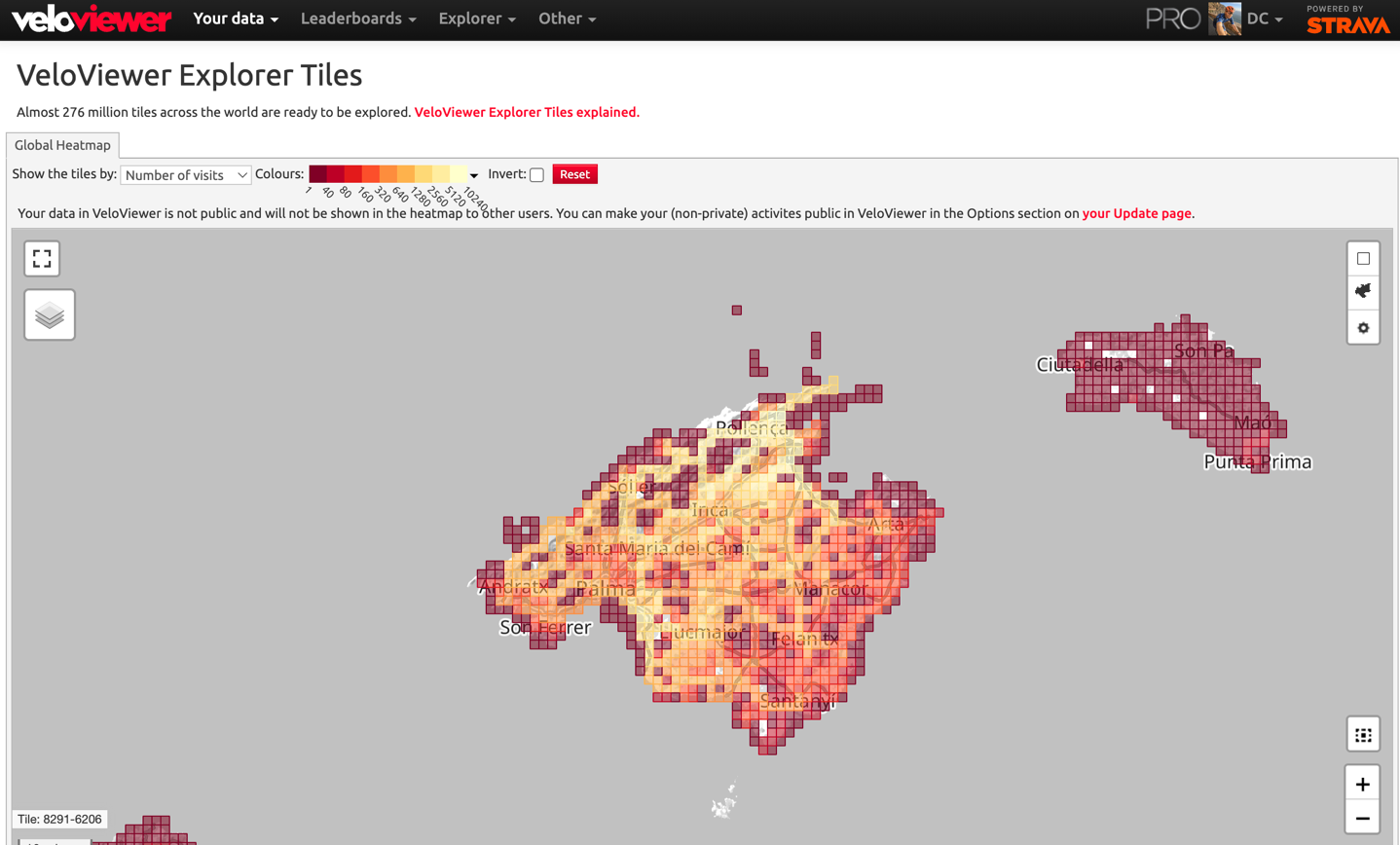
While Strava lawyers might try and say perhaps that line is there to prevent something else, any non-lawyer or lawyer would argue the opposite in courts if they had to. That single paragraph basically says apps can’t do anything at all. Period.
The problem here is that Strava’s API terms are so broad and wonky now, the API no longer servers a purpose as written by the above paragraph.
Nonetheless, I went back to Strava and asked them questions about many of these topics, trying to get clarification to see if this was a misunderstanding, they completely ignored the questions I had, and responded with:
“These changes were implemented to provide additional safeguards around our community’s data and to help ensure that a user’s Strava data can only be viewed by others on third-party apps in limited scenarios where sharing is both transparent and central to the functionality of the app. We recognize this is a change and are committed to working closely with partners during this transition.”
Point being, I gave them an opportunity to clarify things or set the record straight, and they said ‘nah’.
Add to that, they don’t seem all that committed to “working closely with partners”. As every single partner I’ve talked to over the last 24 hours has been completely broadsided by this change. They all received a generic e-mail Friday night, with a mere 30 days of notice to completely re-work their entire applications. Mind you, a 30-day period that includes the holidays (most companies would give at least 6 months of notice for something like this).
I suspect we’ll see a lot of companies just shut off the API entirely, and perhaps that’s Strava’s goal. Though, I fail to see how that benefits paying Strava subscribers, and thus, Strava’s bottom line. Strava seems to be working very hard to kill off the community of tens of thousands of apps that arguably made it so popular.
No AI Usage & Analytics:
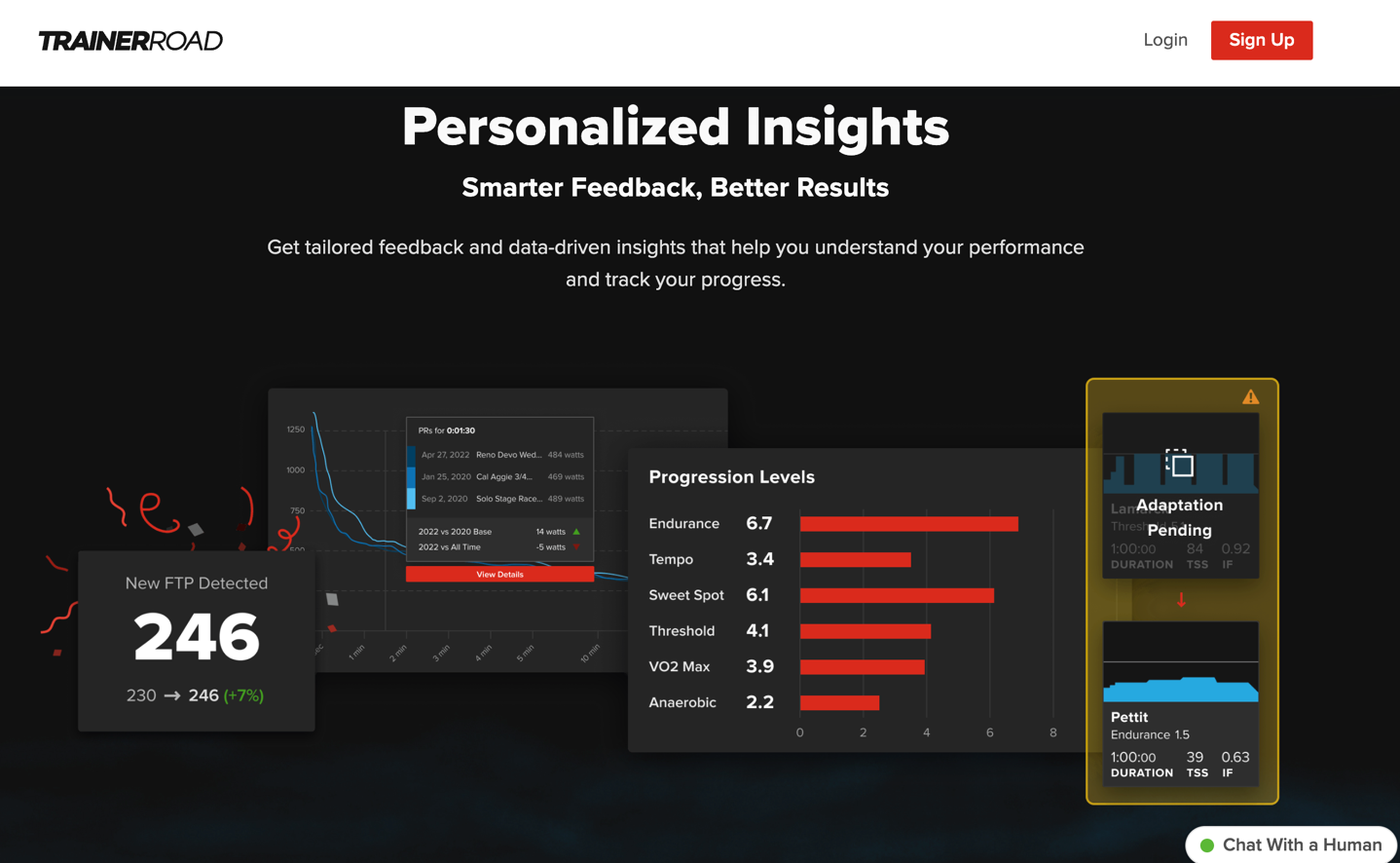
The next issue is just as crazy as the the others. It says that 3rd party apps may not use artificial intelligence processing in any way, for your data coming from Strava. Specifically, it stays the following:
“You may not use the Strava API Materials (including Strava Data), directly or indirectly, for any model training related to artificial intelligence, machine learning or similar applications.”
Of course, the term “machine learning or similar applications” basically means “you may not do any processing at all” on it, especially when combined with the above ‘no analytics’ clauses.
This particular line item immediately kills apps like TrainerRoad and Xert using data from Strava, but also countless other apps that pull in your own workout data via Strava, and then use some sort of processing to analyze it. Machine learning is hardly new or fancy. And putting in there “similar applications”, what on earth does that mean?
TrainerRoad and others use “AI” (however they want to define it), according to their marketing, and thus, in less than 30 days, they’ll have to cease their entire platform, or, disconnect Strava.
In the case of platforms like TrainerRoad, I suspect they’ll simply disable Strava altogether, and force everyone through direct connections. This will be fine for Garmin users, but as of right now there’s no inbound connection for Wahoo users (though that’s coming). And for people pushing Zwift workouts to TrainerRoad, that too will break until TrainerRoad completes their API connection in January.
But that won’t solve the larger issue TrainerRoad and other companies face, which is having to pull in other the other 3rd party workout data types. TrainerRoad doesn’t have a connection to Suunto. Or Polar. Or AmazFit. Or Google. Or Fitbit. Or…I could do this all day. Strava solved that, to the benefit of both consumers and all companies involved.
Now Strava seems to want to own the the “AI space” with it’s always-helpful AI insights that simply re-word my activity titles and tell me something vaguely positive but usually wrong.
Going Forward:

Based on these API terms changes, I don’t see any any apps can leverage Strava data going forward. Especially with specific line-item of “You may not process or disclose Strava Data, even publicly viewable Strava Data, including in an aggregated or de-identified manner, for the purposes of, including but not limited to, analytics, analyses, customer insights generation, and products or services improvements.” – that’s fundamentally what any app does: It processes your Strava data and provides some sort of analytics.
Perhaps Strava will try and argue otherwise. In fact, I e-mailed them last night asking them to clarify these very questions, since these seemed pretty broad and impactful. The response was nothing more than sending me to the already-existing page about the API updates.
I feel at times Strava wakes up each morning, heads to work, looks out over the San Francisco from their offices, and asks itself: How can we anger our users and partners today? How can we make everyone’s life more difficult today?
Every time Strava does something good (such as last weeks’ night heat maps), they immediately go and ruin that good love with something to upset their user base. And obviously, that’s their prerogative as a company. But it just seems that no company in the sports tech space spends as much time and energy proactively trying to anger their users as Strava does.
I go back to Strava’s new CEO in his keynote address at Camp Strava this past summer (7:22 in video), where he said:
“If you envision the whole active community, along with the connected fitness industry as sorta like one giant cycling peloton…then Strava should be leading the way. We should be your lead-out rider, blocking the wind, creating a slip-stream, helping the whole peloton move faster, and more efficiently.”
I’m unclear on how these change, fit with that recently announced vision.
Ultimately, I use and significantly enjoy the core of Strava as much as most other people. I’m on the platform daily. But man…c’mon Strava, just do better.